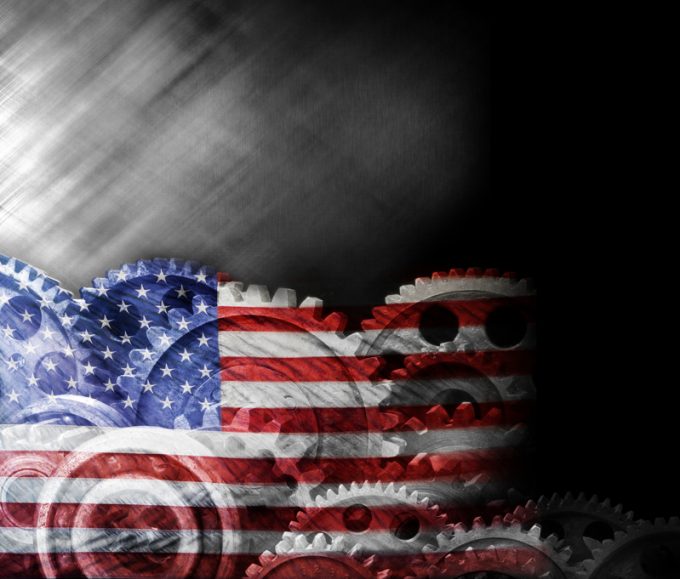CMA CGM could build medium-size vessels in US, says Saade
CMA CGM is looking into the possibility of building mid-size vessels in the US, the ...

US companies are unlikely to make significant moves in global sourcing strategy over the coming three months as the government conducts a strategic review of the nation’s supply chains.
On 24 February, President Biden signed an executive order for a 100-day review of critical supply chains to identify vulnerabilities, following the shortage of semiconductors that has disrupted car production. The review targets four groups of critical goods as well as six sectors of industry.
Besides semiconductors, the critical goods comprise pharmaceutical APIs, ...
Trump tariffs see hundreds of cancelled container bookings a day from Asia
Macron calls for ‘suspension’ – CMA CGM's $20bn US investment in doubt
De minimis exemption on shipments from China to the US will end in May
Forwarders stay cool as US 'liberation day' tariffs threaten 'global trade war'
Mixed response in US to 'Liberation Day', while China leads wave of retaliation
Tariffs and de minimis set air freight rates on a volatile course
Overcapacity looms for ocean trades – with more blanked sailings inevitable
'To ship or not to ship', the question for US importers amid tariff uncertainty
List of blanked transpac sailings grows as trade war heats up and demand cools
East-west rates diverge as transpac spots hold while Asia-Europe keeps falling
'Chaos after chaos' coming from de minimis changes and more tariffs

Comment on this article